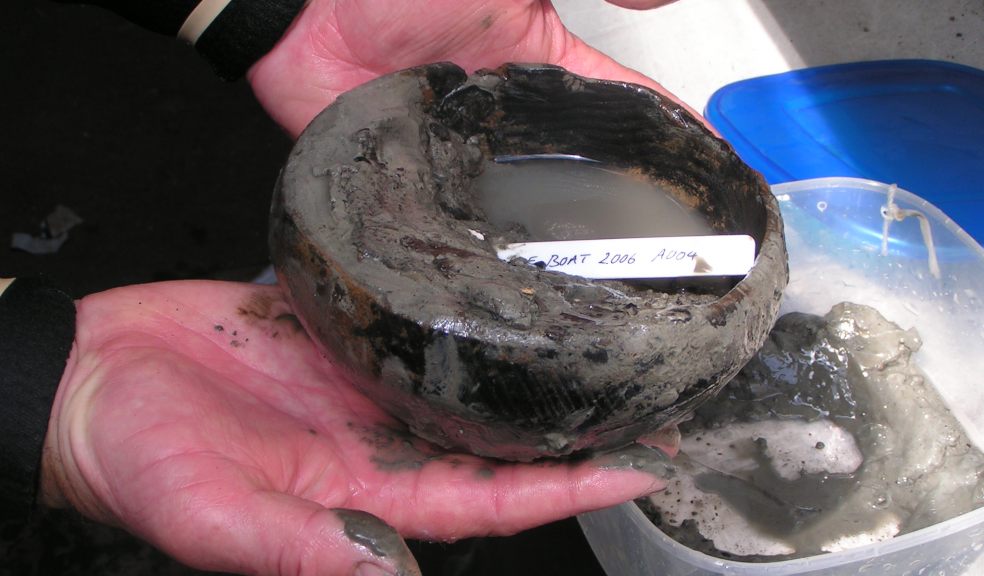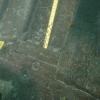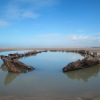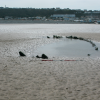
Historic shipwrecks given protection
Three historic shipwrecks in the South West have been given protection by the Department for Culture, Media and Sport on the advice of Historic England.
Shipwrecks have been a source of inspiration to English writers, artists and scholars for centuries – from Shakespeare to Enid Blyton, whose Famous Five spent a whole summer exploring a fictional Cornish wreck. This summer, these wrecks have been given special protection, and they include two that are often publicly accessible from the Devon sands.
Shifting sands and weather patterns can allow the public to see sights that are usually the preserve of divers. When the conditions are right, visitors to Devon can see this important historic coastal fabric, which has now been identified and given state protection, from dry land. Dating from the late Medieval period to the late 18th century, all three wrecks are rare survivals of wooden sailing vessels found in English waters and are protected for their potential to shed new light on key periods of England's maritime history.
The earliest wreck, known as the Axe Boat, lies in a mud bank on the west side of the Axe River in south Devon. Before appearing out of the mud in 2001 following changes in the flow of the River Axe, the wreck was unrecorded, suggesting it has remained buried in the riverbed within living memory. It’s a rare example of vessels of the late medieval period. Dating of extracted samples of wood indicates that it was built between 1400 and 1640. The hull retains characteristic features of medieval ships such as the ‘crook’d floor’ – a Y-shaped framing timber at the bottom of the vessel.
The Axe Boat is likely to have been used in coastal trade or fishing and such vessels were once prolific as England’s mercantile trade developed. Axmouth was ranked as a major port by the mid-14th century and accounted for 15% of the country’s shipping trade.
The other two wrecks lie a few hundred metres apart on the sands at Northam Burrows Country Park in an Area of Outstanding Natural Beauty in North Devon. They date to the late 18th century and have been exposed by the elements a number of times over the past few decades, most recently following the winter storms of 2014.
The larger wreck at Westward Ho! (23 metres long x 7 metres wide) is nationally important because it still retains its key identifying features despite the effects of erosion, with the ship’s construction and orientation clearly visible. It is believed to be the remains of the 'Sally', which ran aground on the sands in 1769, while bound from Oporto in Portugal to Bristol with a cargo of port wine.
The smaller boat was probably a Severn Trow, a small merchant ship working locally in the Bristol Channel coastline around 200 years ago. It is lying at such an angle that it appears to have been driven ashore in a storm. 11,000 vessels are known to have been wrecked in England waters in the late 18th century and few from this period have been discovered other than important trading vessels such as East India Company ships. Together, the two wrecks are significant because they represent England's commercial ambitions of the time.
Mark Dunkley, Maritime Archaeologist at Historic England said: “We identified these three important wreck sites during a survey of Devon’s coastal shipwreck heritage. Despite the effects of environmental decay and the passage of time, substantial portions of their lower hulls survive, allowing us to determine what type of vessels they were and the role they played in Devon’s coastal economy. The fact that they’re often visible to the public gives them a whole added significance as it’s quite rare that such old maritime fabric can be seen by anyone who isn’t a diver.”
Bill Horner, Archaeologist at Devon County Council said: “While these wrecks have been known about for some time and we have been monitoring their condition, it’s great that Devon’s maritime past is now being recognised by their protection. We look forward to working with Historic England to understand these sites further.”
All three wrecks lie in sand or in mud in the inter-tidal zone so are freely accessible to visit on public land at the points when they are uncovered. No diving licence is required, though attention must be given to local tidal conditions.




















